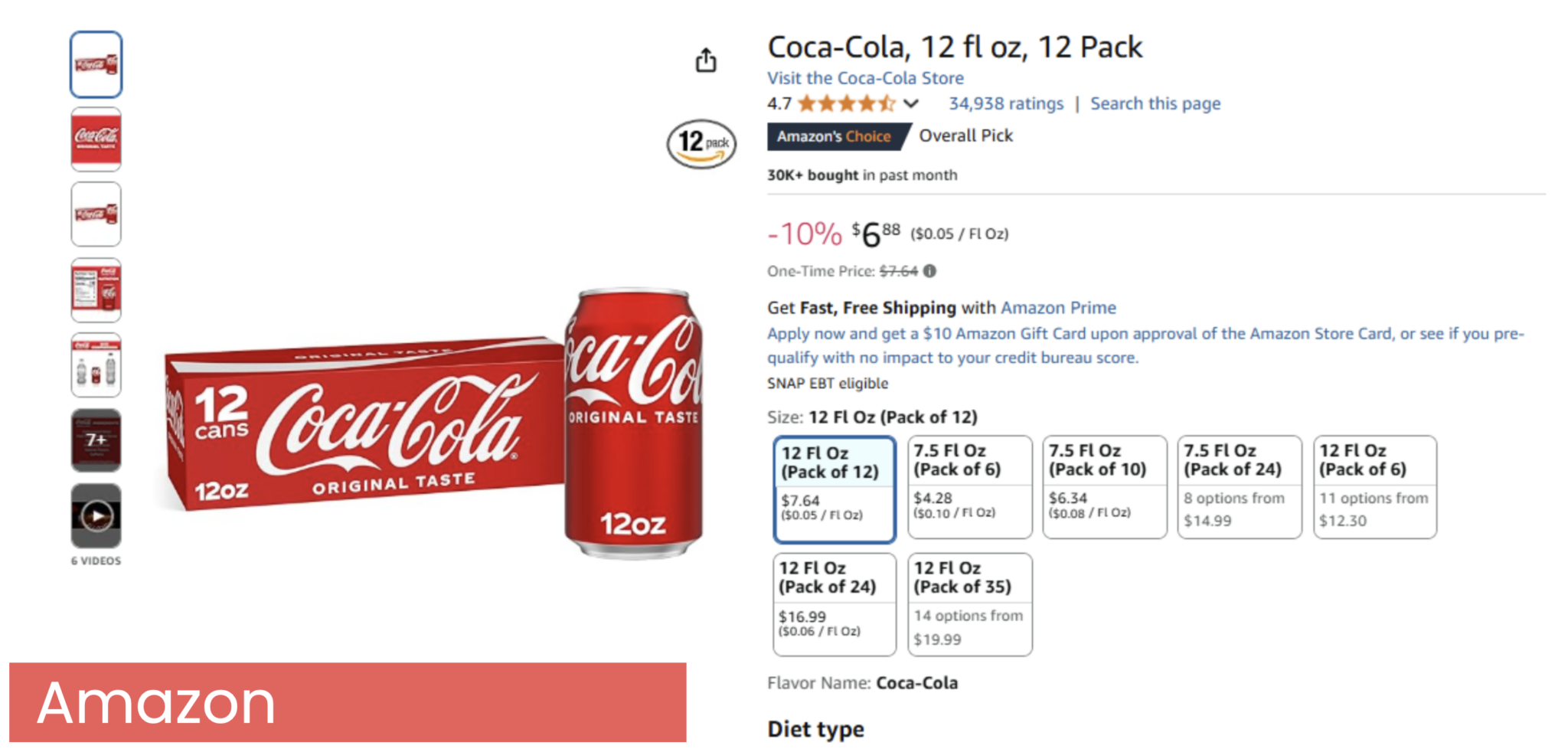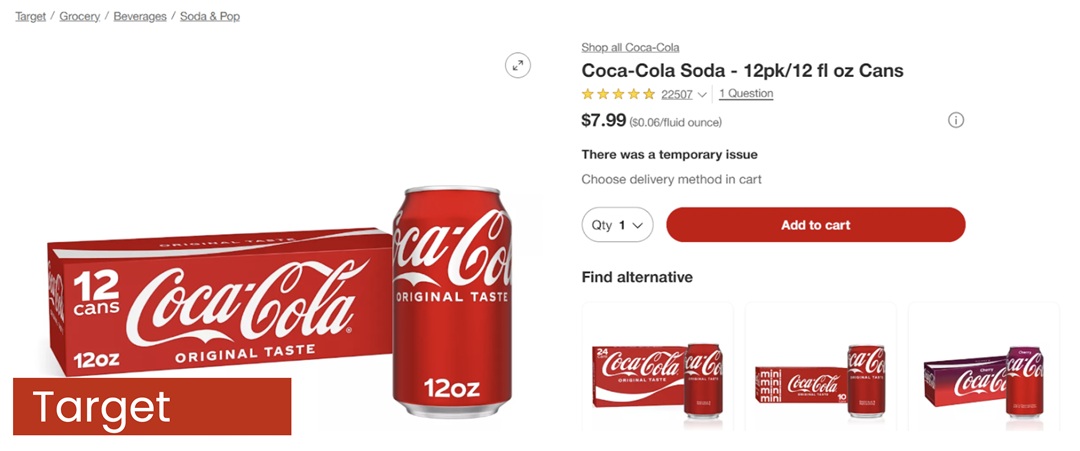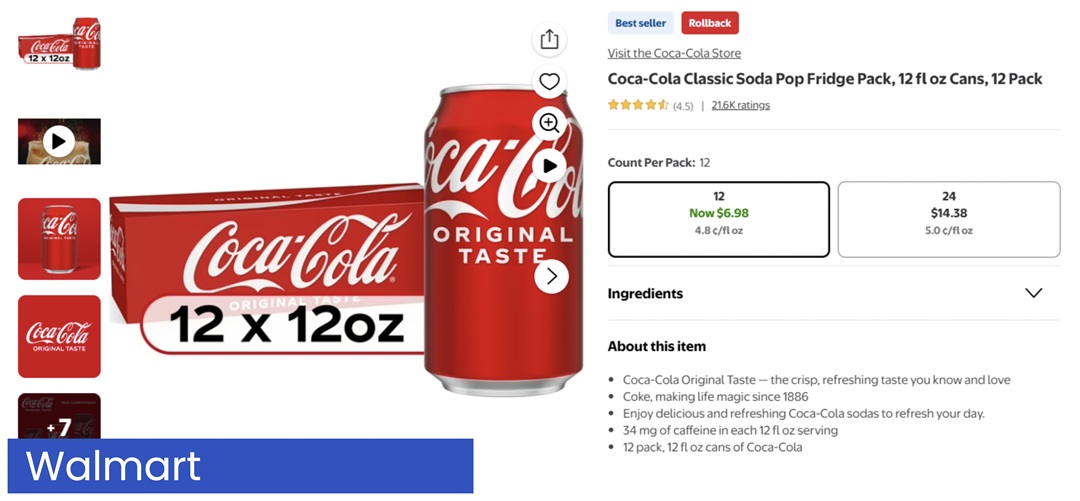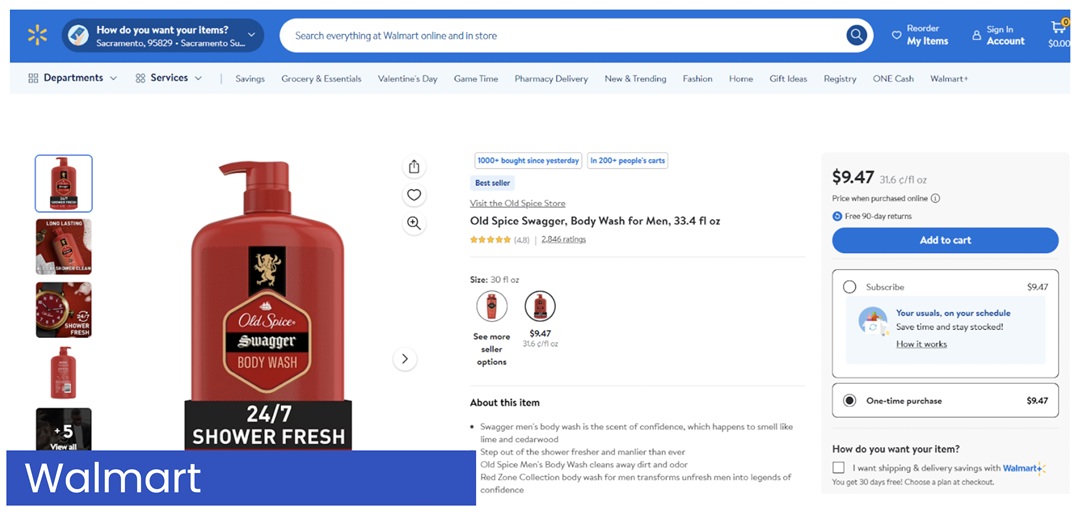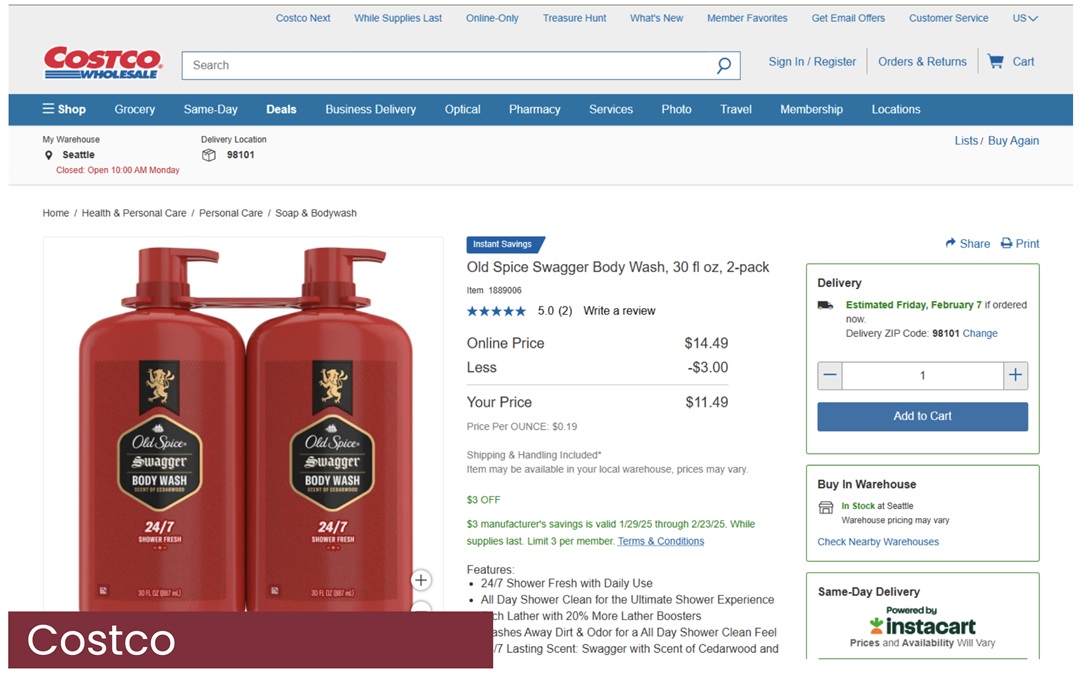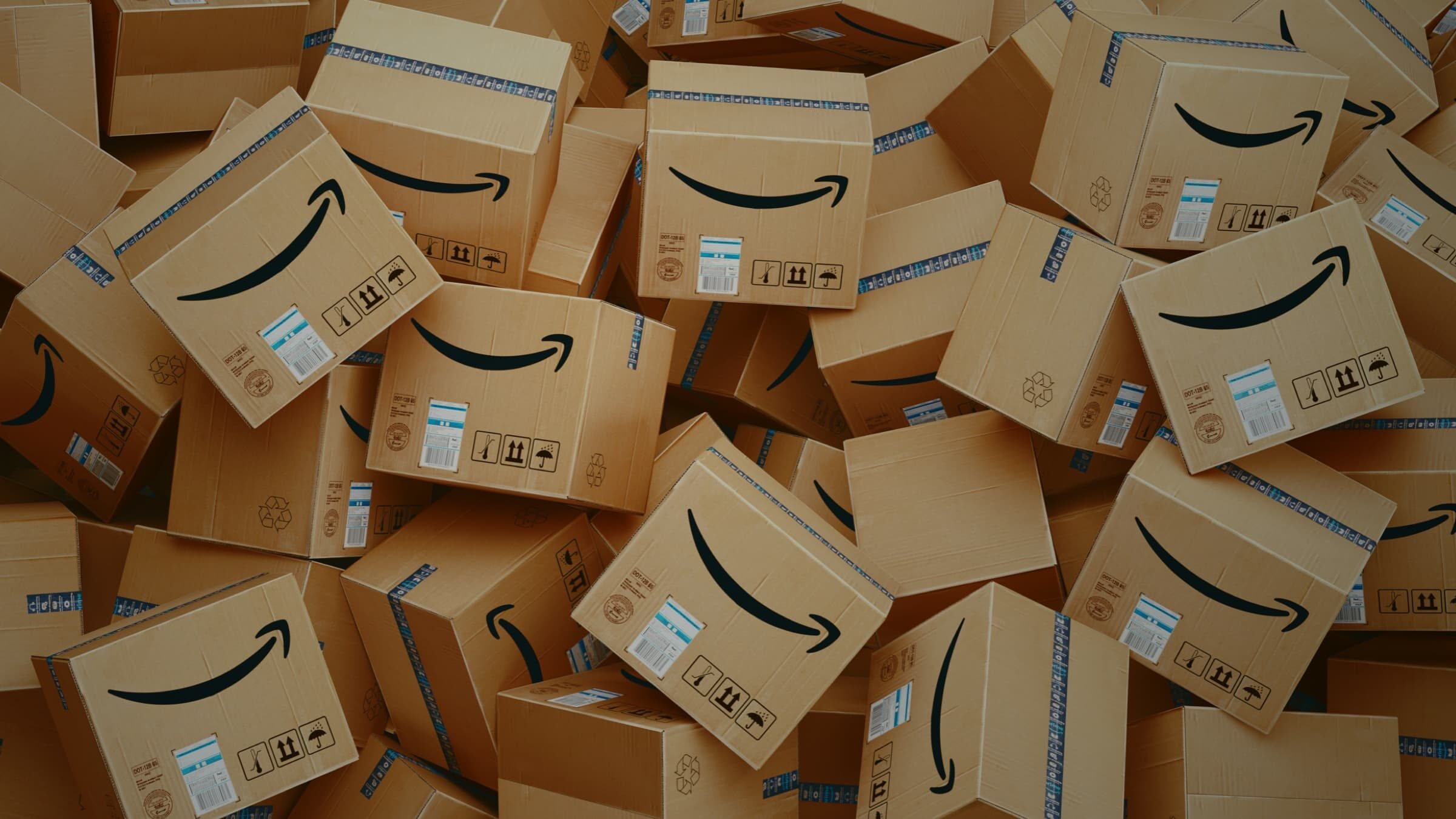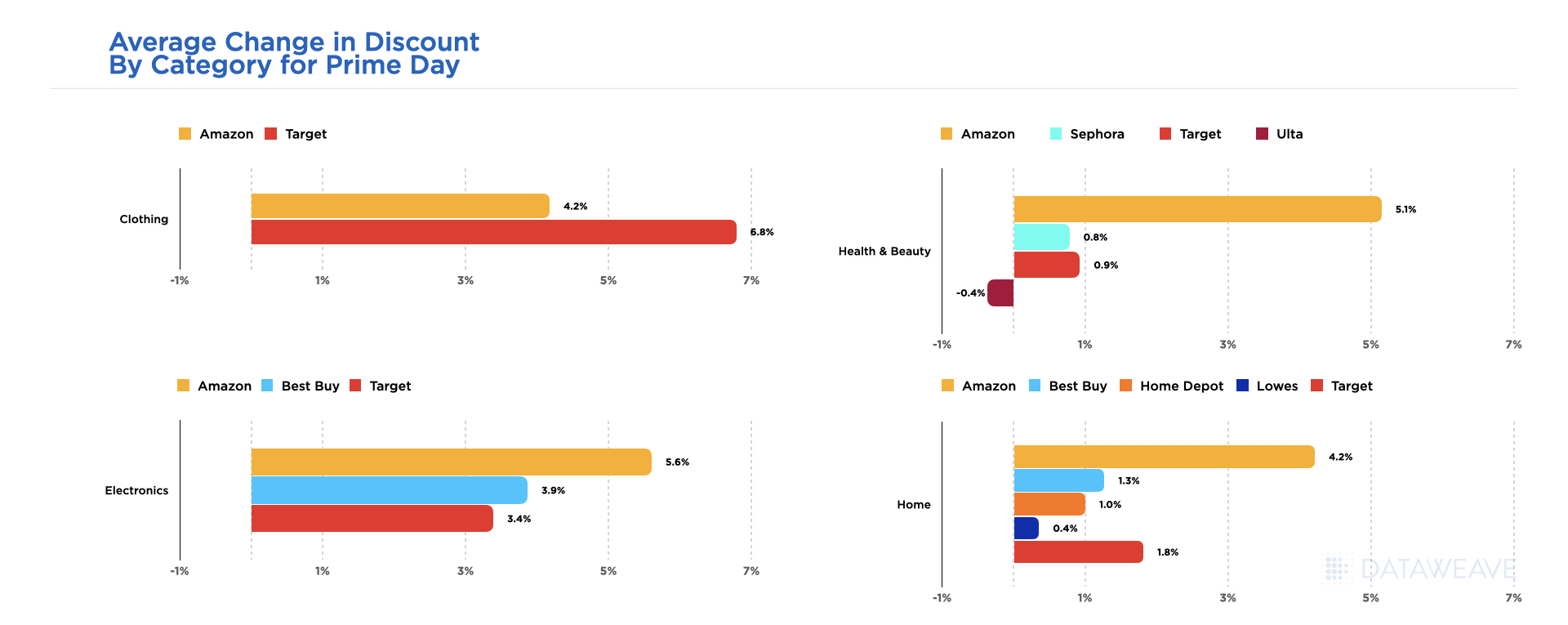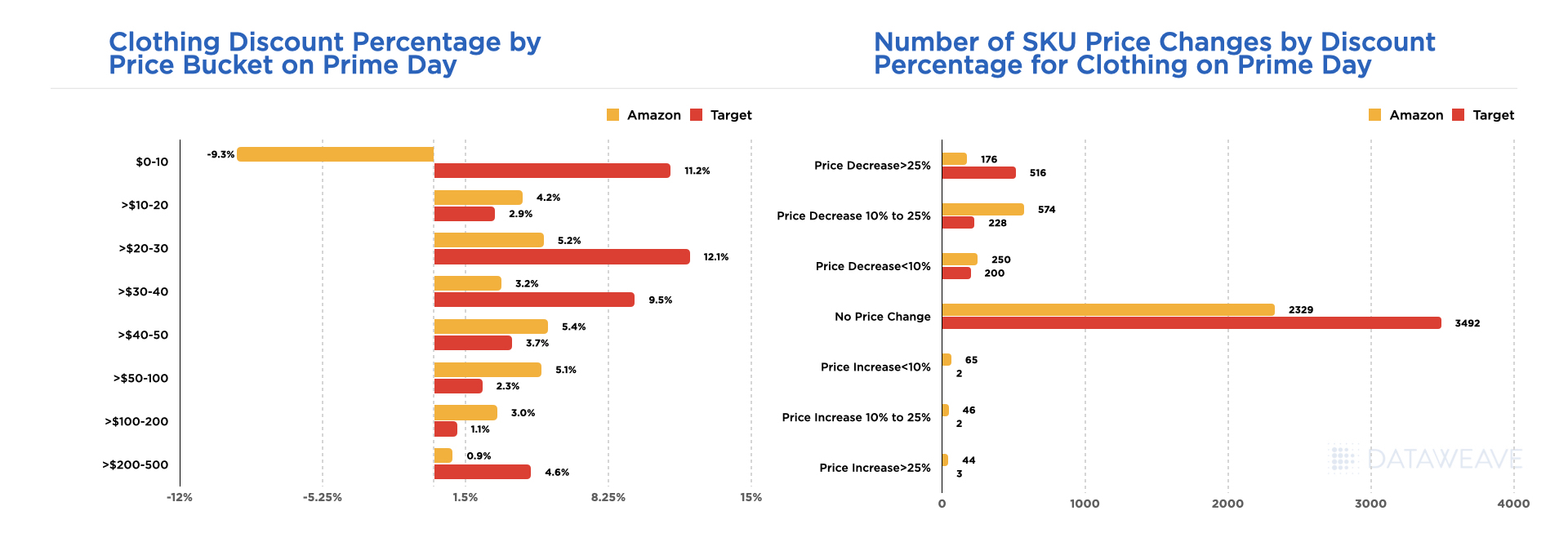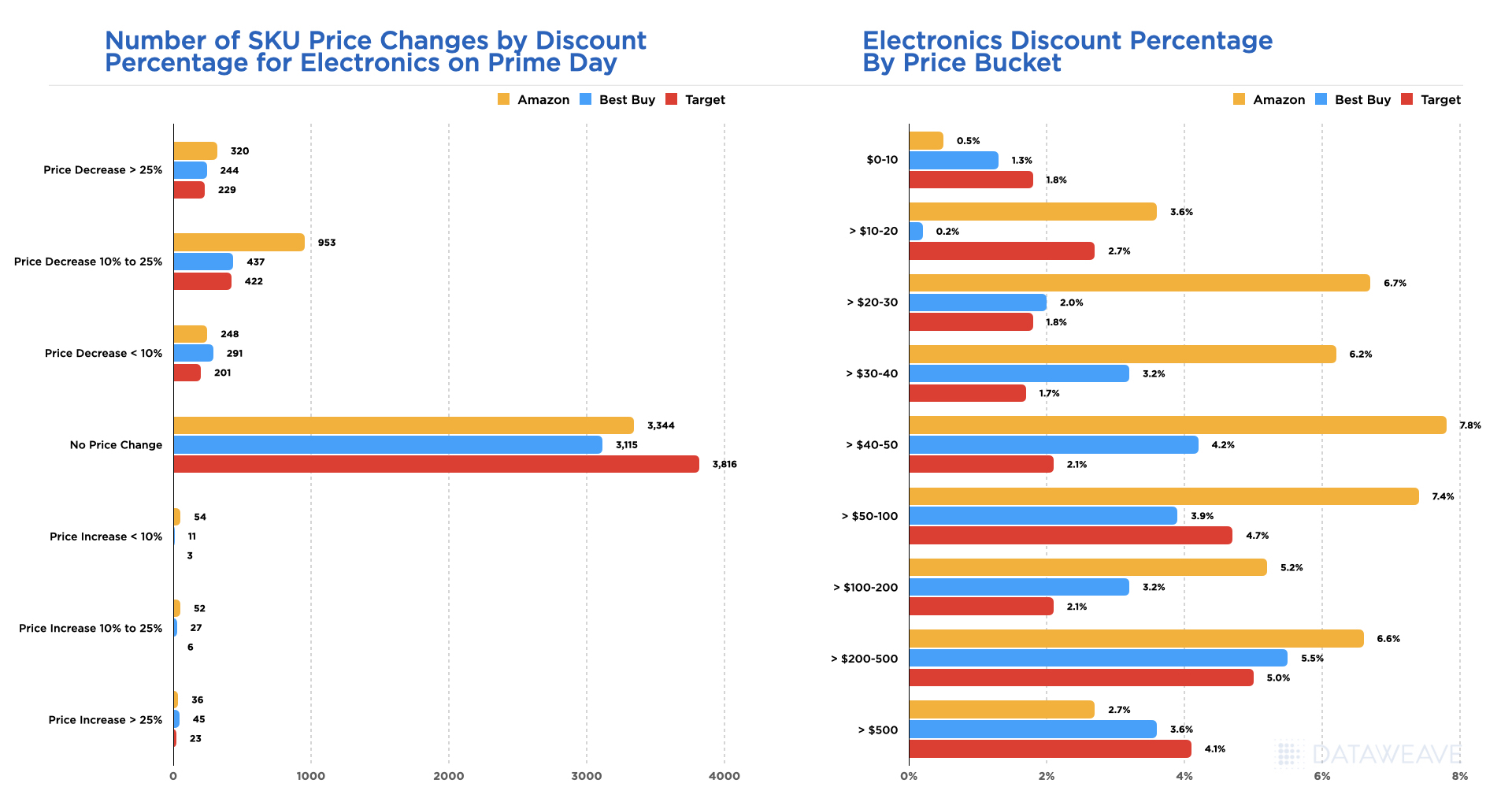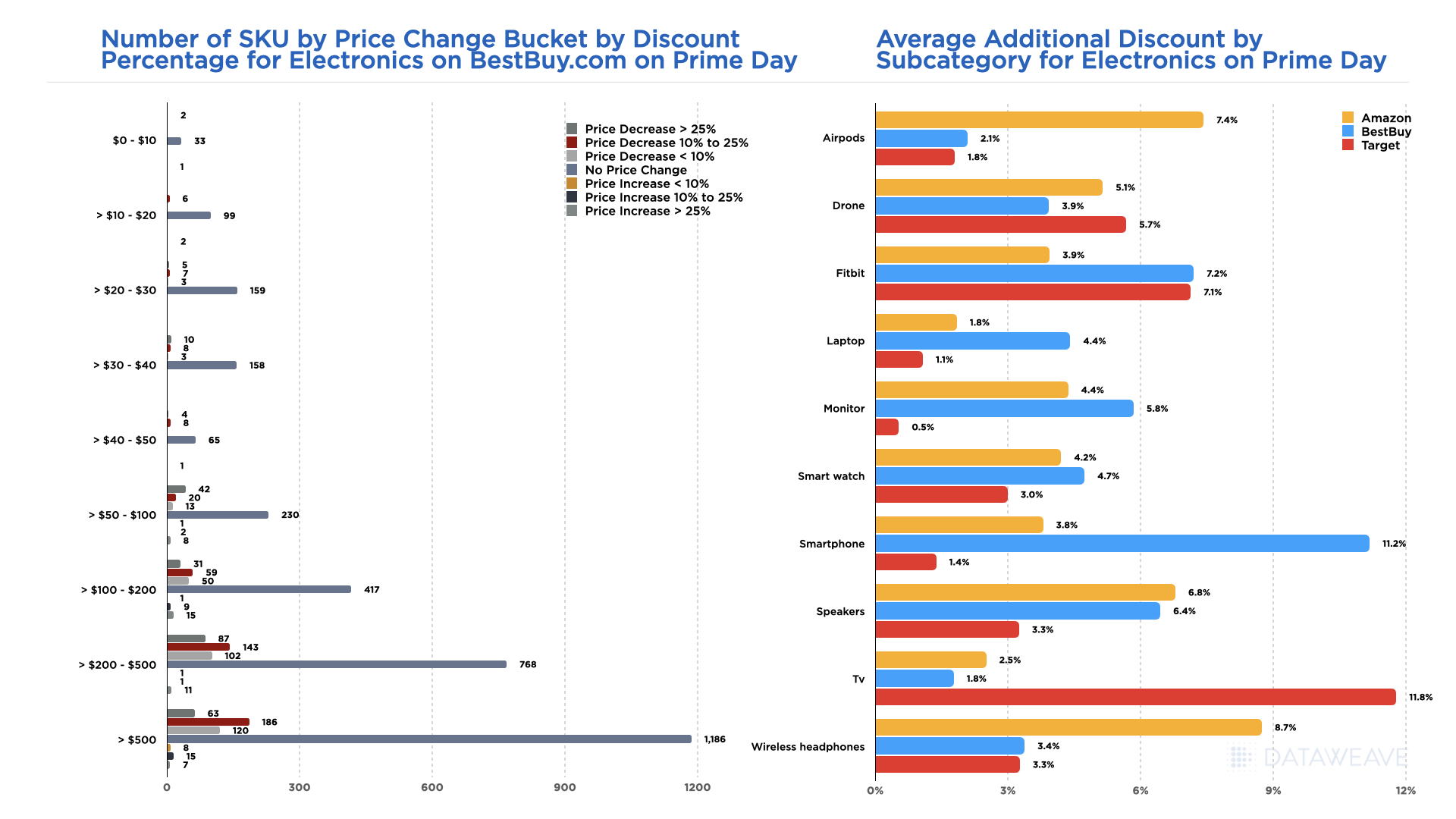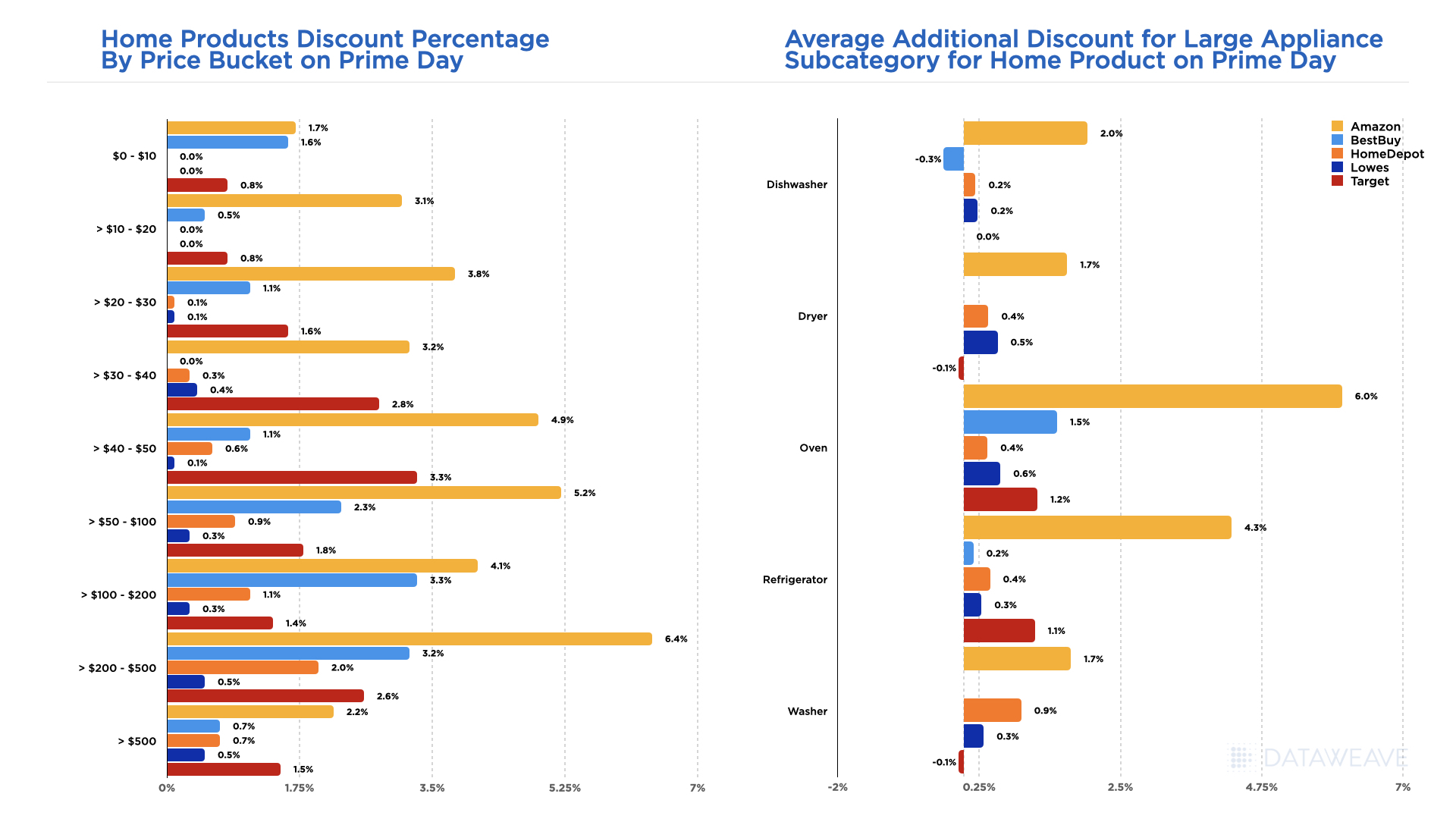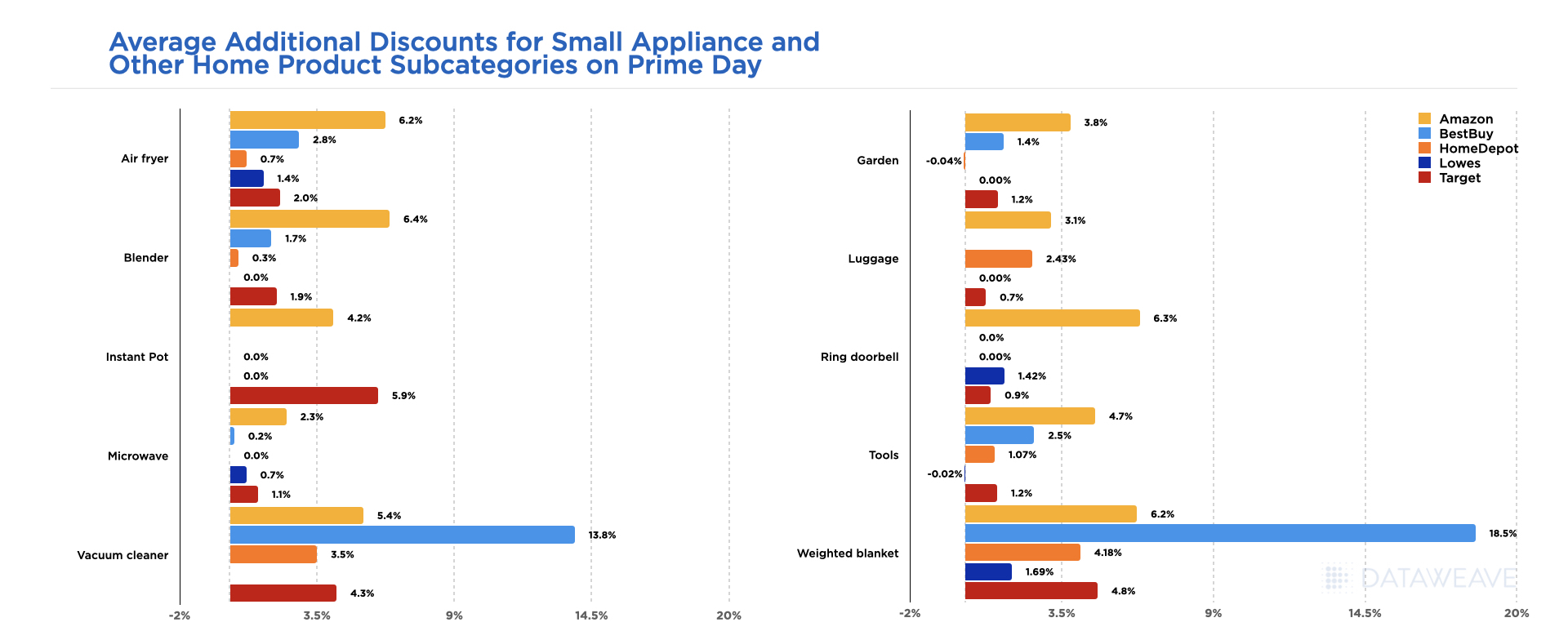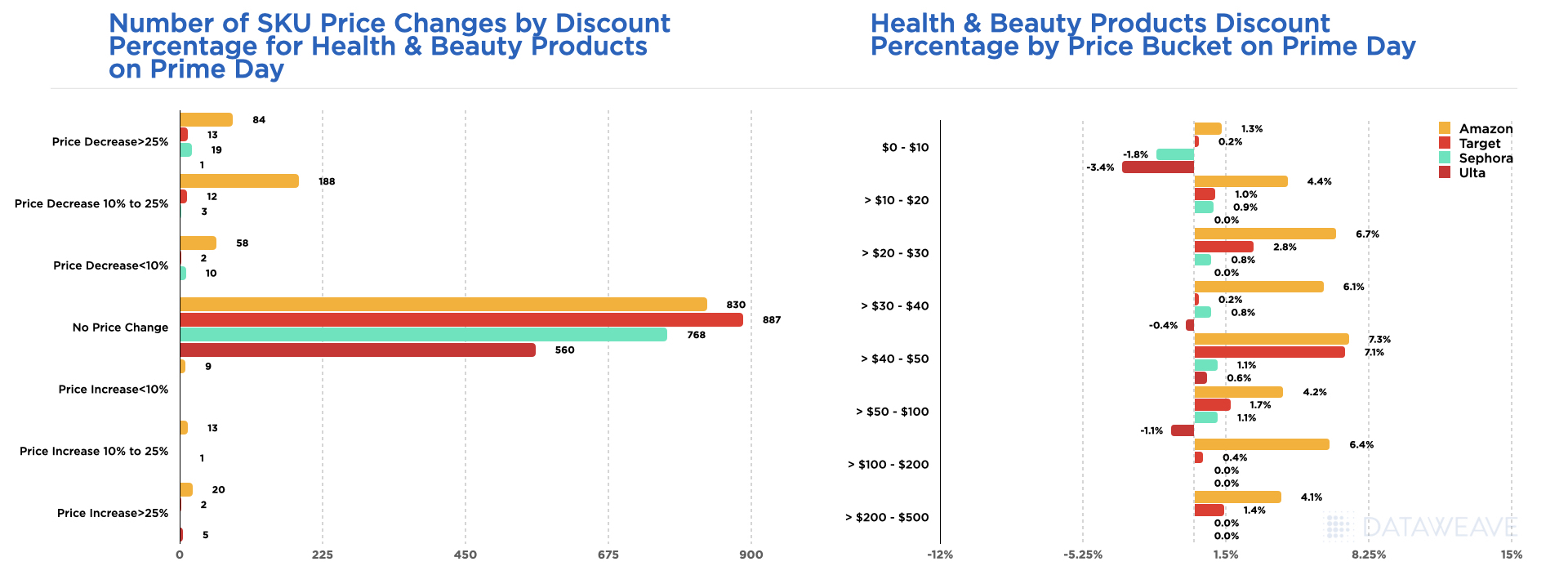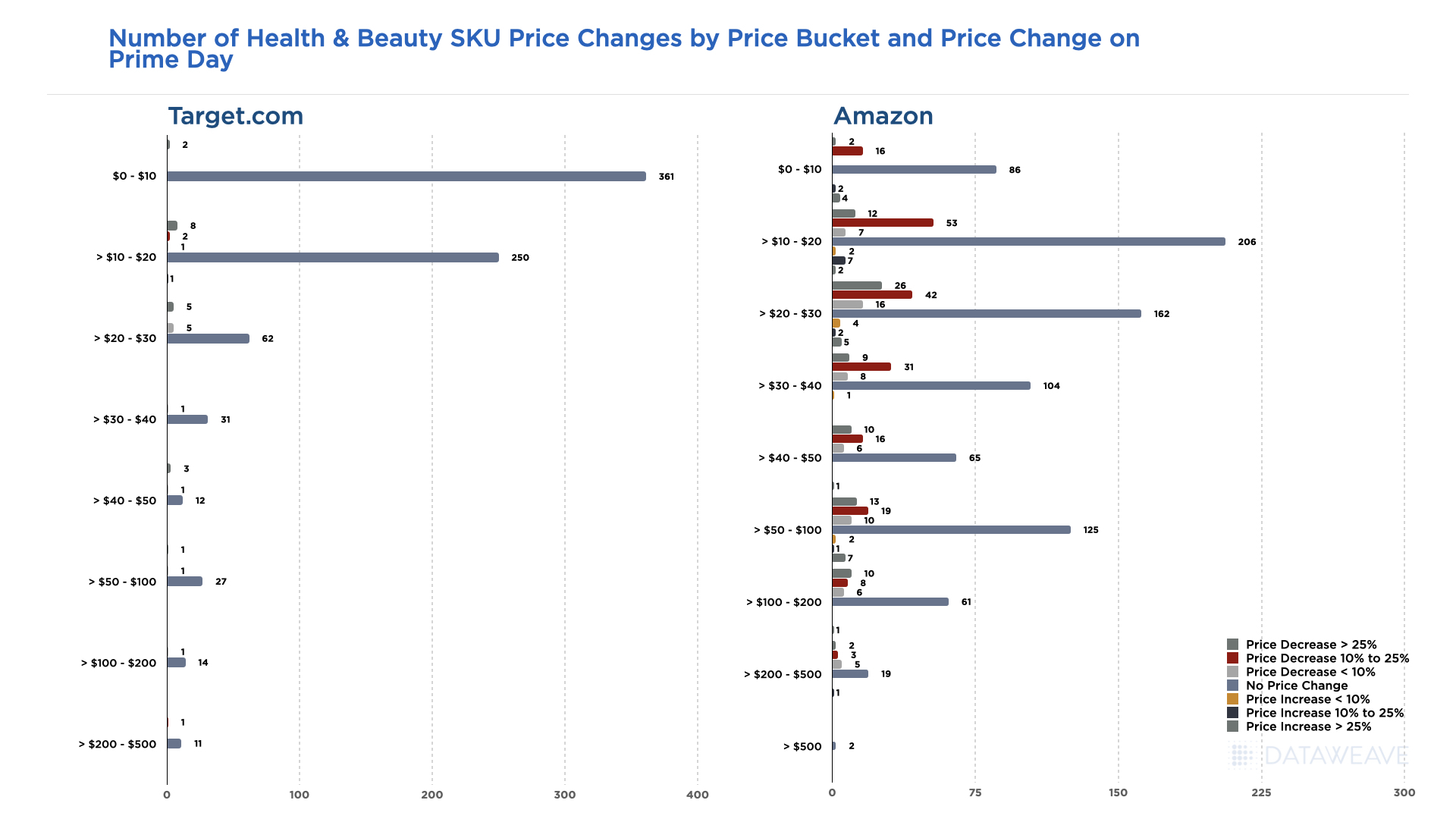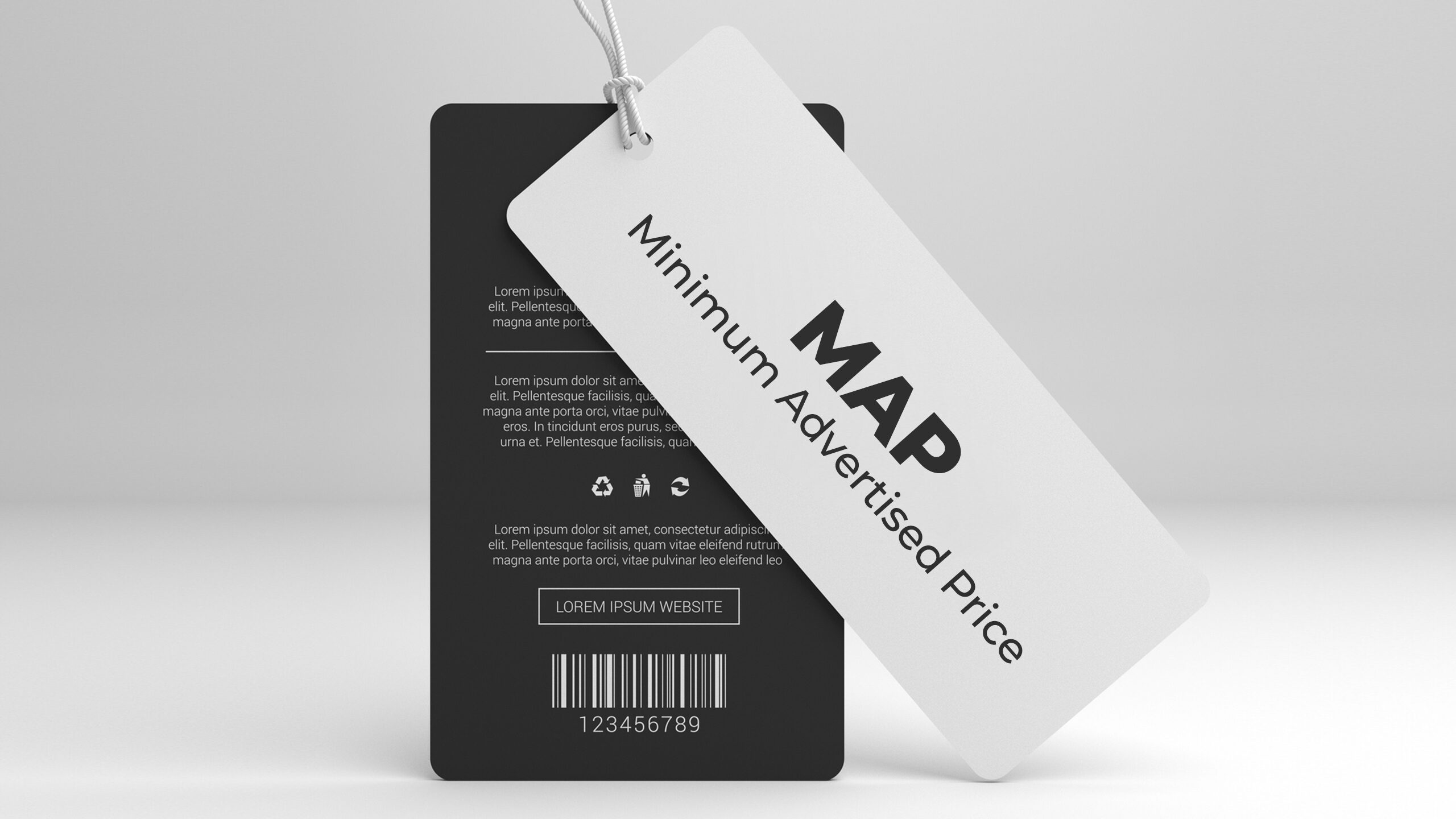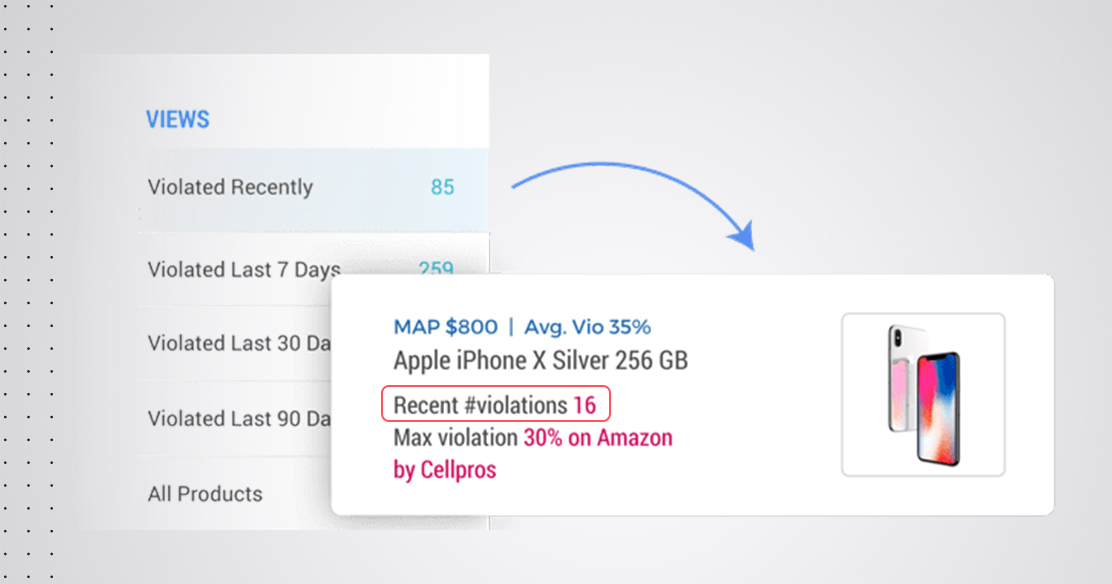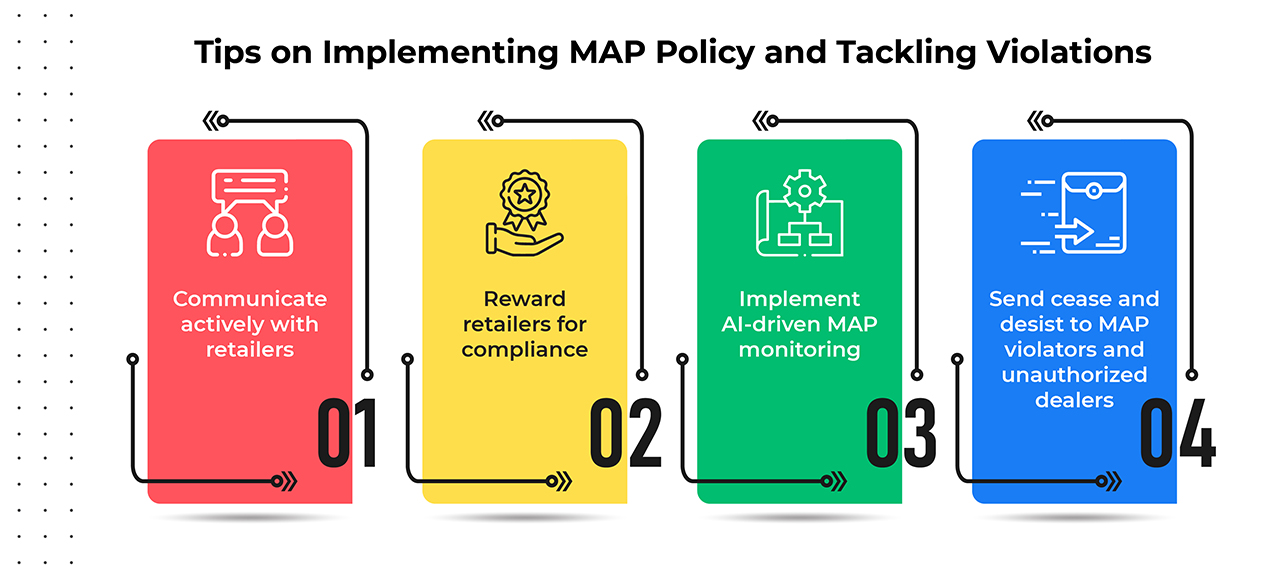Many retailers view minimum advertised pricing (MAP) policies as a necessary evil since they present several challenges for competitive positioning. In an idealistic free market, there wouldn’t be a need for MAP policies, and healthy competition would do the work of setting the final advertised price.
However, MAP policies aren’t beneficial only for brands; they also greatly benefit retailers. This article will examine why MAP pricing can be a strategic advantage for both brands and retailers. We’ll also look at ways brand managers and retail pricing teams can navigate MAP requirements to maintain profitability and safeguard customer trust.
Understanding MAP Fundamentals
Minimum Advertised Price (MAP) is a policy set by brands that requires their sales channels to price the brand’s products at a minimum dollar value. Retailers are free to price the items higher, but the advertised price is never to exceed the minimum threshold.
This agreement is established at the outset of a relationship or new product launch and can change at the brand’s discretion. Consumers typically see only the minimum advertised price when they search for a product across competing retailers. This means retailers need to find other ways to differentiate themselves beyond offering the lowest price.
But a retailer can still effectively price the product at a lower cost to win sales away from the competition. This comes in the form of discounts applied at checkout, bundled deals, or other promotions that affect the final cart but not the advertised price. Only the advertised price must remain within MAP guidelines. This gives retailers a way to set themselves apart from the competition while still protecting the brand.
A minimum advertised price has three central values: one for the brand, one for the retailer, and one for both.
- Brand or manufacturer: A MAP policy protects the brand’s value and prevents price erosion. If a retailer consistently undercuts a product’s price to make it more competitive, customers may begin to perceive the brand as lower in value over time. It can cause the brand to appear less premium than if prices hold steady. If a customer pays full price one day and then sees the same item advertised at a lower base price the next, it can weaken brand loyalty and cause dissatisfaction.
- Retailer: Minimum advertised pricing policies prevent retailers from engaging in a pricing war with one another, driving the price of an item down and hurting margins. This race to the bottom is bad for business. Apart from reducing profits, it discourages sellers from investing in marketing and other activities that drive sales. It also means that smaller retailers can compete with larger retailers, effectively leveling the playing field across the market.
- All parties: The issue of counterfeit and unauthorized sellers on the grey market plagues retailers and brands. One of the most straightforward ways to identify these sellers that undercut prices and damage brand perception is to track who is pricing products outside of agreements. Unauthorized or counterfeit sellers can be identified by establishing a MAP policy and monitoring who sells at the wrong price. Then, official legal action can be taken to prevent those merchants from selling the product.
Brand Perspective
Developing a clear and precise MAP policy is an important option for brands looking to stay competitive. Make sure you outline the minimum advertised price for each product for each sales channel and do so by geography. Write clear instructions on how discounts, promotions, and sales can be applied to the advertised price to avoid misunderstandings later. Ensure you work with your legal team to fill in any gaps before presenting them to retailers.
If you find sellers acting outside the MAP policy, you must act swiftly to enforce your MAP policy. Cease and desist orders are the most common enforcement strategy a brand can use on unauthorized sellers and counterfeiters. But there are legal considerations for authorized sellers, too. You may need to fine the retailer for damages, restrict inventory replenishment until prices have been adjusted, remove seller authorization by terminating the relationship entirely, or escalate to your legal team.
Open communication between the brand and retailer is in everyone’s best interest to ensure minimum pricing is being used. Have explanatory documents available for your retailers’ non-legal teams to reference while they set prices. These can take the form of checklists, video explainers, or even well-informed brand representatives working closely with retail pricing teams. It’s likely that some MAP violations will occur from time to time. The importance your retail partners place on fixing those errors will help you determine how much goodwill you will give them in the future.
Brands can consider rewarding retailers that consistently adhere to minimum advertised price policies. Rewards often take the form of more lenient promotion policies, especially during major holidays like Christmas, Prime Day, or Black Friday. However, it’s never advisable to relax the actual MAP policy to allow one retailer to advertise a lower price year-round.
Retailer Strategies
A retailer can take several approaches to complying with a brand’s MAP policy while still maximizing sales. First, you need a dedicated compliance process spearheaded by compliance specialists or, better yet, enabled by technology. Embedding a process that checks for MAP violations into daily or weekly operations will prevent problems before brands become aware.
Automated price tracking tools can help discover discrepancies so that you don’t accidentally violate a MAP agreement. Make sure MAP training extends beyond your pricing team and includes marketing. Anyone who participates in promotions or events should be made aware of the agreements made with specific brands. Determine if there are alternative promotion methods available to attract customers. You could offer free shipping on certain items, bundle giveaways, or apply cart-wide discounts at checkout.
Monitoring your competition in real time will also help you stay ahead. If you discover a competitor undercutting your prices, bring this to the attention of your brand representative. This can build loyalty with the brand and help prevent lost sales due to market share loss.
Digital Implementation for MAP Compliance
Pricing teams at brands and retailers manually attempting to manage MAP pricing will lag behind the competition without help. They must discover, monitor, and enforce MAP compliance simply and effectively.
Over the past several years, there has been a seemingly exponential proliferation of online sellers, complicating the industry and making it nearly impossible to find and discover all instances of every product you sell. It’s further complicated by marketplaces like Amazon, Walmart, and eBay, which are full of individual unauthorized sellers and resellers.
Implementing a digital tool is the first step to effectively discovering and monitoring MAP compliance, even across these marketplaces. This tool should monitor all competition for you and discover imbalances in pricing parity.
DataWeave’s MAP Violations Merchant Analytics solution has AI-backed software that scours the web for your products. It uses identifiers like UPCs and product titles and compares imagery to find where the product is sold. Our AI-powered image recognition capabilities are especially helpful in identifying inauthentic listings that may be counterfeit products or unauthorized sellers. It also has built-in geographic and channel-specific MAP monitoring capabilities to help with localized enforcement.
The tool can aggregate all this data and present dashboard views of your own and competitors’ pricing that are easy to digest and act on. After all, retailers need to monitor their own MAP compliance as well as the competition’s. Brands can also track competitor sellers’ networks to explore potential new retail partnerships and grow their network reach.
The MAP Violations Merchant Analytics solution has automated violation alerts and advanced reporting built into it. This means you can get real-time alerts instead of pouring through dashboards searching for exceptions each week. For deeper insights, the dashboards provide time-stamped proof of which sellers are undercutting MAP minimums, so you have all the information you need to make a case against them. Discovering repeat offenders is easy with historical trends dashboards that show which sellers have a history of violations.
With all this information on who is violating what—and when—enforcement becomes much more manageable. Send cease and desist orders to unauthorized sellers and start having conversations with authorized sellers acting outside of your agreement. Acting quickly will help prevent hits to your brand’s reputation, price erosion, and lost sales.
DataWeave’s MAP solution gives you the competitive edge to effectively discover MAP violations, monitor market activity, and act quickly when an issue is discovered.
Make MAP Compliance a Strategic Advantage
Basic MAP compliance and enforcement isn’t simply about setting pricing policies anymore. These policies are foundational to brand strategies, maintaining good relationships with retailers, and establishing long-term profitability for your business.
When you let MAP violations go unchecked, it can erode your margins, damage how your customers perceive your brand, and create confusion across channels. Discovering, monitoring, and acting on MAP violations is much easier with the help of tools like DataWeave’s AI-enabled MAP Violations Merchant Analytics.
Ready to take control of MAP pricing at your company? Request a MAP policy assessment from DataWeave today!




